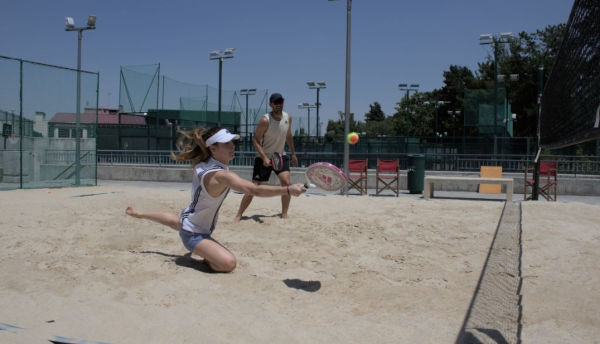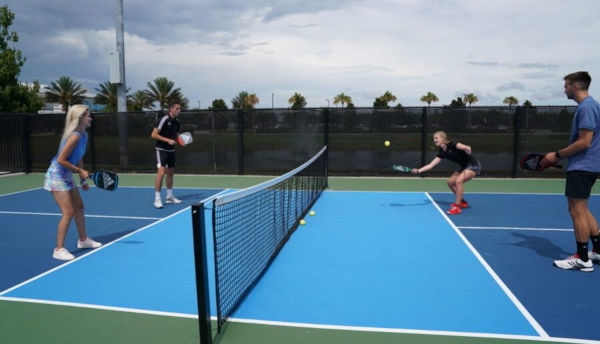
How to communicate on the padel court
Padel is a sport played with a partner and, as such, understanding each other is one of the keys to being competitive. Good communication is therefore essential. Giving the necessary messages at the right time can make all the difference between victory and defeat. And it is common, especially when taking up the sport, not to give communication the importance that it really deserves.
In this post, adidas coach Fermín Batata gives us tips to improve this aspect of the game. To do this, we will divide on-court communication into its three obvious phases: before, during and after the point.
Before the serve
In this phase, communication helps us to give our partner information that our rival will not know in how we aim to develop the point. The messages before carrying out the service "will give us many advantages", says our coach. We can tell our partner the type of shot we are going to look for, how we are going to attack, or what we are going to try to anticipate from our rivals.
We can also include in this section the communication prior to the match. Before starting to play it is important to talk with our partner about the game plan overall. Especially in cases in which we play with someone for the first time, it is key to have a plan about our style, how we are going to move or what our individual strengths are, among other things. In this way, we will go on court with a clearer understanding of what our partner needs and is looking for from us.
During the point
Just like the communication that takes place before serving, during the point there is a lot of information that we can provide to our partner and vice versa. However, we must take into account the conditions in which we find ourselves. The speed of the action forces us to be brief, fast and clear. Working these three aspects is much more complex than it seems.
Communication during the point can be useful in two different types of situations: to make a joint decision and to provide information that our partner cannot see. Let's break it down into different parts.
Going up to the net, going back, controlling the centre of the court or exchanging positions are recurring situations during a rally. Making these decisions without communicating it to our partner is usually synonymous with losing the point. In these cases it is usually one of the pair who takes the initiative and must notify their partner. It is important to establish who will take the initiative for the couple to act quickly and accordingly.
The other case with the ball in play where talking helps is when one of the players is missing information due to their situation on the court. The clearest example of this is when a player has their back turned having played a shot against the wall. In these cases, the most useful information to give is the position of the rivals on the court. The key is to tell your parter if your rivals have stayed back, moved to the net or only one of them has advanced their position. This communication is key in three aspects, as Batata tells us:
“First, your partner will be able to focus exclusively on hitting the ball well. Secondly, they will be able to decide what shot to play, since, by indicating the rival's position, I am directing them to play the ball to one side or the other of the court. Finally, by listening to me, my partner will recognise my position on the court, which will also give them information regarding the possible response of our rivals”.
After the point
When the point is over, it is time to do a quick “analysis” of the situation, Fermín points out. "If the strategy went well, we clearly maintain it," he says. If there is something that is working for us, why change it? On the contrary, if something is not going the way we want, we must quickly see if it is due to poor "execution" or because the chosen tactic does not impact our rivals. If we are not getting what we want or we are not being effective, we must consider a change.
Looking at the different types of communication, there is another factor to take into account. The characteristics of our playing partner. Communication can be productive, but it can also turn against us. It is important to avoid "overwhelming our partner", states Fermín Batata. For this, it is important to see if our partner is a player who thrives under pressure, who needs to be encouraged, or who even prefers a bit more silence at specific times.
Along the same lines, the level is also decisive. The better you play and the more you have played, the more information you are able to understand, process and retain on court. It is important to know how our partner may interpret the messages that we will exchange during the game.
As a conclusion, we must be clear, says Fermín Batata, that the objective of communication is "to bring out the best version of our partner." For this, it is necessary to know how to do it and how to adapt on court.




















